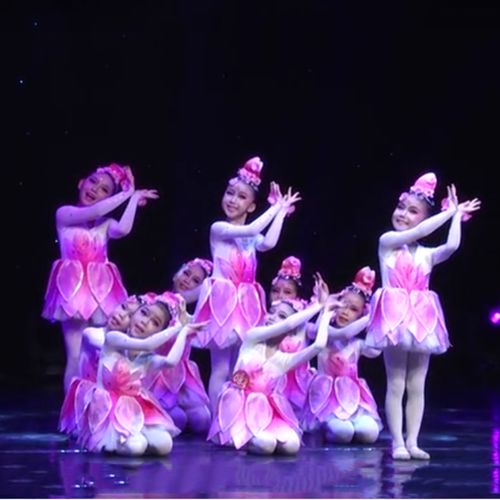演奏不同类型的音乐用英语怎么说
Exploring Musical Genres: A Journey Through Diverse Sounds
Music is a universal language that transcends borders, cultures, and backgrounds. It encompasses a vast array of genres, each with its unique characteristics, origins, and influences. Let's embark on a journey through some of the most prominent musical genres that have shaped the world's musical landscape.
1. Classical Music:
Classical music is renowned for its timeless compositions, intricate harmonies, and rich orchestration. Originating in the medieval and Renaissance periods, classical music evolved through various eras such as Baroque, Classical, Romantic, and Modern. Composers like Mozart, Beethoven, and Bach have left an indelible mark on this genre, with symphonies, concertos, and sonatas that continue to inspire generations.
2. Jazz:
Born in the AfricanAmerican communities of New Orleans in the late 19th and early 20th centuries, jazz is characterized by improvisation, syncopation, and a blend of diverse musical traditions. From the soulful melodies of Louis Armstrong's trumpet to the experimental sounds of Miles Davis, jazz encompasses a wide range of styles including swing, bebop, and fusion, reflecting the spirit of freedom and creativity.
3. Rock and Roll:
Rock and roll emerged in the 1950s as a fusion of rhythm and blues, country, and gospel music. With its driving rhythms, electric guitars, and rebellious attitude, rock music became a symbol of youth culture and revolution. From the raw energy of Elvis Presley to the poetic lyrics of Bob Dylan and the electrifying performances of The Beatles, rock has continued to evolve, spawning subgenres like punk, metal, and alternative rock.
4. Hip Hop:
Originating in the Bronx, New York City, during the 1970s, hip hop emerged as a cultural movement encompassing rap music, DJing, graffiti art, and breakdancing. Rooted in the AfricanAmerican and Latino communities, hip hop became a platform for social commentary, selfexpression, and empowerment. Artists like Grandmaster Flash, RunD.M.C., and Tupac Shakur paved the way for a global phenomenon that continues to shape contemporary music and culture.

5. Electronic Dance Music (EDM):
EDM encompasses a diverse range of electronic music styles, including techno, house, trance, and dubstep. Emerging from underground club scenes in the late 20th century, EDM is characterized by its pulsating beats, synthesized sounds, and immersive production techniques. DJs and producers like Tiesto, Daft Punk, and Avicii have propelled EDM into mainstream culture, making it synonymous with festivals, nightclubs, and euphoric dance experiences.
6. Pop Music:
Pop music, short for "popular music," encompasses a broad range of styles that appeal to a wide audience. From catchy melodies and infectious hooks to glossy production and relatable lyrics, pop music dominates the charts and airwaves around the world. Icons like Michael Jackson, Madonna, and Beyoncé have shaped the evolution of pop, blending influences from various genres to create charttopping hits that resonate with millions.
Conclusion:
Music is a kaleidoscope of sounds, styles, and emotions, reflecting the diversity and complexity of the human experience. Whether it's the timeless elegance of classical compositions, the improvisational flair of jazz, or the electrifying energy of rock and roll, each genre offers a unique journey for listeners to explore. By embracing the richness of musical diversity, we can foster greater understanding, appreciation, and connection across cultures and generations.











